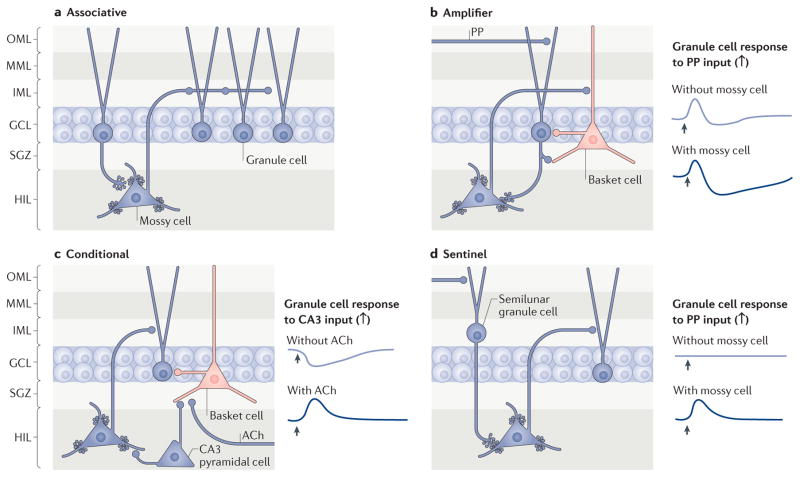Figure 4. Possible roles of mossy cells in dentate gyrus function.
a | A long-standing proposal is that mossy cells link subsets of granule cells that are spatially separated and therefore facilitate associative learning75. b | Another long-standing view is that granule cells primarily activate GABAergic interneurons, particularly basket cells106,112. This could lead to a possible circuit, as shown, in which mossy cells amplify the normal feedback inhibition of granule cells by activating GABAergic interneurons. In the figure, this circuit is exemplified by the perforant path (PP)-mediated depolarization of a granule cell. If the depolarization evokes an action potential, the granule cell would subsequently depolarize a basket cell that innervates numerous granule cells (only one granule cell is depicted), increasing the inhibition of granule cells. On the right, this physiology is schematized. Without the mossy cell in the circuit (top), a PP input (indicated by the arrow) elicits an excitatory postsynaptic potential (EPSP) in the granule cell. The EPSP is followed by an inhibitory postsynaptic potential (IPSP) that reflects the feedback inhibition (that is, the activation of the basket cell by the granule cell, which in turn hyperpolarizes the granule cell). Notably, it is unclear whether basket cells innervate the same granule cells that activate them; the circuit in the diagram is simplified for clarity. With the mossy cell in the circuit (bottom), the PP input elicits an EPSP followed by a larger and longer IPSP in the granule cell because mossy cells are first depolarized by granule cells and then activate basket cells. Note that if the PP directly innervates basket cells and mossy cells, this would lead to feedforward inhibition of granule cells. c | According to another hypothesis, the excitatory effects of mossy cells depolarize granule cells only under some conditions. In this example, the effects of a CA3 pyramidal cell input to a granule cell depend on the presence or absence of concurrent cholinergic input. Without the cholinergic input, CA3 pyramidal cells will primarily hyperpolarize granule cells by activating interneurons. With cholinergic input mediated by acetylcholine (ACh), which preferentially suppresses the interneurons137, CA3 pyramidal cells will primarily depolarize granule cells by activating mossy cells80,83. The schematic includes several simplifications for clarity. For example, the cholinergic input to pyramidal cells and mossy cells is not shown. In addition, the cholinergic input depolarizes mossy cells94, which would lead to a greater potential to excite granule cells in the circuit that is shown. d | Finally, mossy cells have also been proposed to act as ‘sentinels’ that inform granule cells that changes have occurred even in the absence of strong PP input. This sentinel function would be reflected by the lack of a response of a granule cell to the PP input unless the mossy cell is activated. This might occur, for example, if the PP input to granule cells is weak. Under these conditions, the PP might still activate semilunar granule cells because they are activated more readily by the PP. These cells have a robust excitatory effect on mossy cells9,10, which would then activate granule cells, as shown in the diagram. On the right, this is depicted by a lack of depolarization in a granule cell (located in the granule cell layer (GCL)) in the absence of mossy cells. HIL, hilus; IML, inner molecular layer; MML, middle molecular layer; OML, outer molecular layer; SGZ, subgranular zone.

